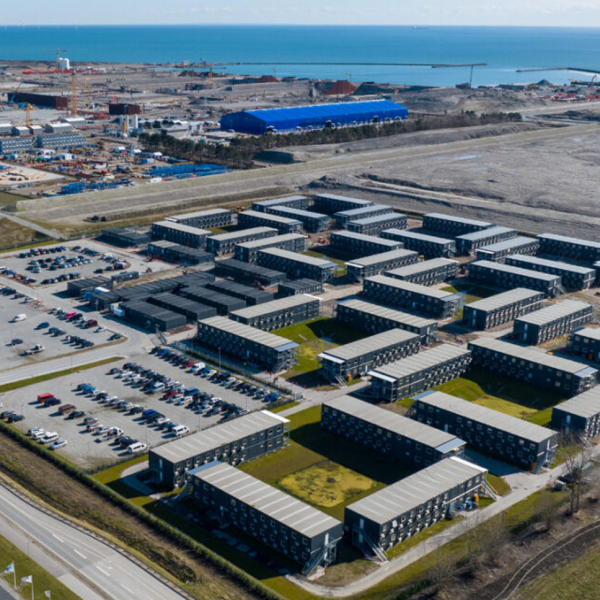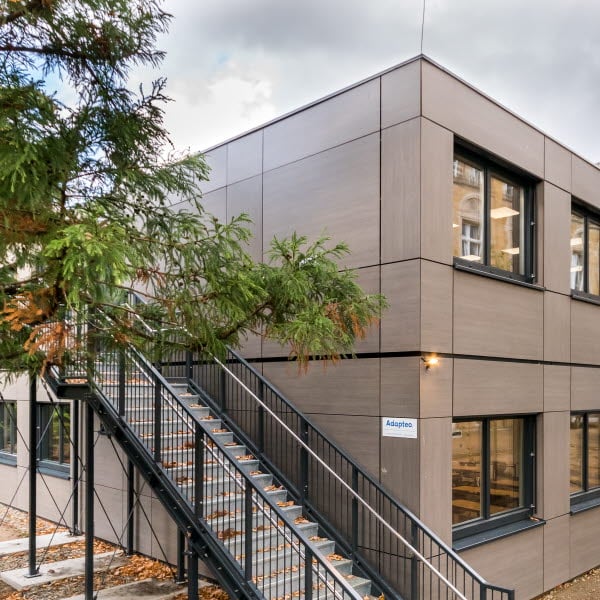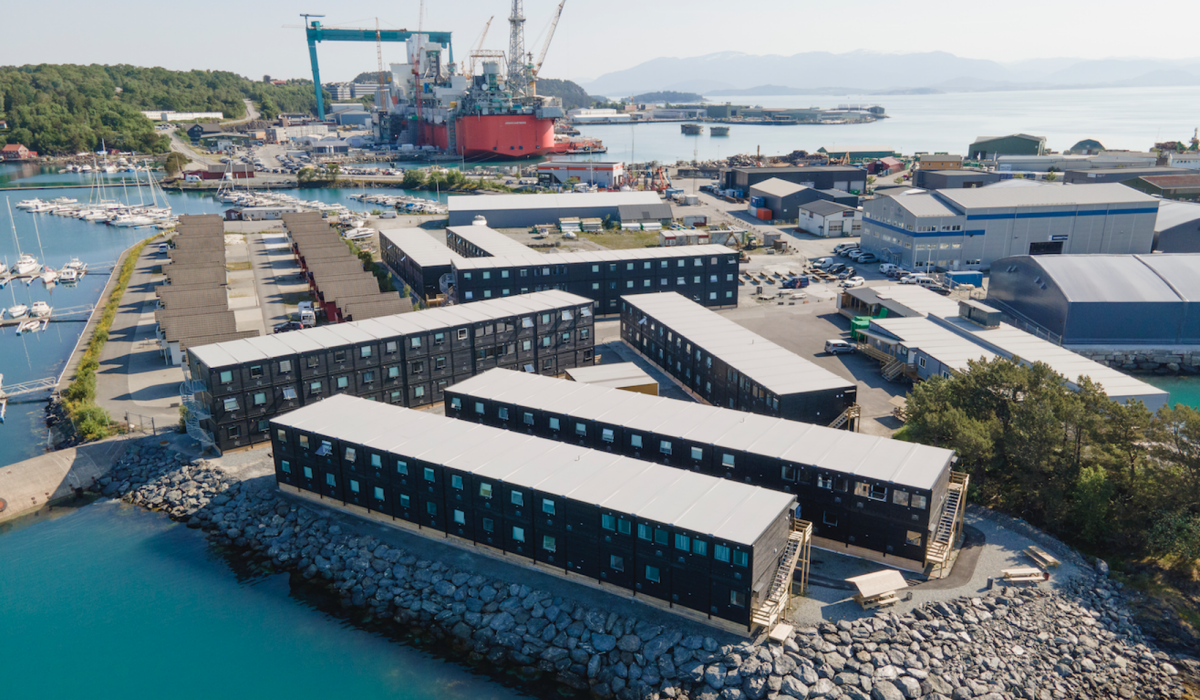Reusing buildings to cut emissions; a circular shift in the built environment
What was done
Adapteo operates on a circular rental model, providing modular buildings designed for repeated use. A typical deployment took place in a growing municipality facing space constraints for educational and social infrastructure. Instead of constructing new buildings, Adapteo repurpose modular units from previous projects, customizing them for new use on-site.
Impact
The impact of these temporary solutions was clear: in 2024 alone, Adapteo enabled over 6.9 million educational hours without interruption, sparing families, teachers, and students the cost—social and financial—of displacement. The buildings also include low-emissions systems: heat pumps, solar panels, and efficient insulation for reduced operational energy use. Next to that, Adapteo is partnering with several suppliers providing, amongst others, circular flooring, smart lighting fixtures, for overall resource efficient facilities.
Where reused modules are employed, up to 96% of embodied emissions can be avoided. Even new modules have up to 60% lower emissions than comparable new permanent buildings. These benefits are paired with measurable socioeconomic outcomes, including reduced staff turnover, shorter travel distances, and continued tax revenue for municipalities
Who benefited
End users—patients, students, educators—gained stable, quality environments. Local governments met service continuity goals without overbuilding. Public sector stakeholders benefited from low-risk, fast, and adaptable solutions that also advanced social equity and community resilience, while supporting local climate and sustainability targets.
Scalability & lessons learned
The key insight: adaptability equals resilience. We must ensure continued access to education or care through adaptable, high-quality alternatives. Modular solutions act as vital continuity infrastructure, bridging the gap when permanent buildings are under construction or renovation.
Challenges remain around procurement frameworks, which often prioritize permanent, single-use construction and overlook the value of speed, circularity, and continuity. Collaborating with local authorities to define clear, measurable KPIs, covering climate impact, circular material use, and social outcomes, will be critical for scaling this model globally, especially in regions with infrastructure gaps and climate-related risks.





